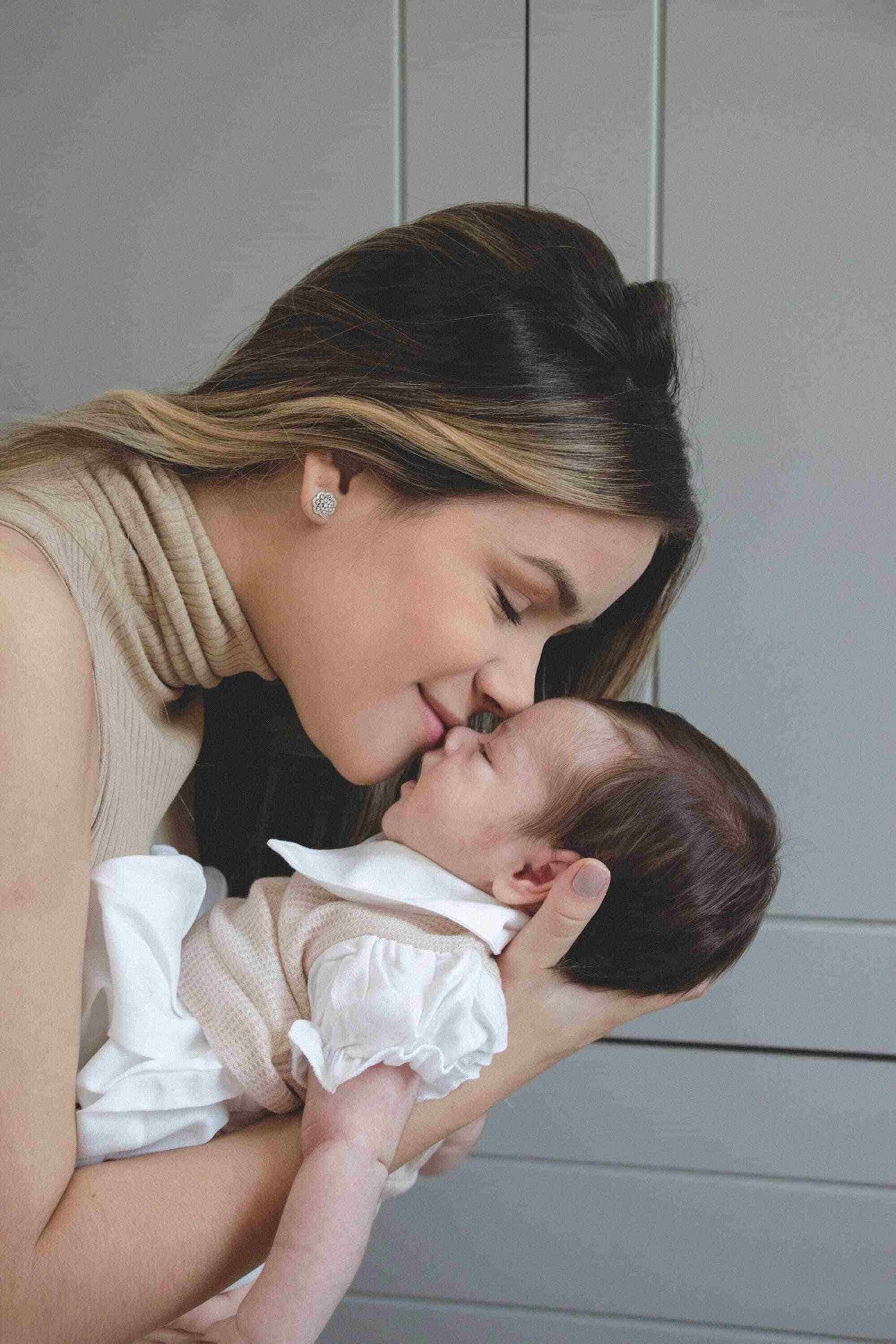Developing the inner observer
One of the reasons that mindfulness is so effective in managing stress and anxiety is that it encourages you to develop a different relationship with your thoughts and emotions. A key skill in mindfulness practice is the ability to observe your thoughts and feelings in a non-attached manner – i.e., not getting caught up in them. From an ‘inner observer’ position, you learn to see your thoughts, feelings, and sensations (including anxiety) as passing events rather than as permanent truths about yourself or the situation.
For example, when stressed about a project you must complete for work, you may think, “I can’t do this properly,” or “I’m going to make a mess of this.” These thoughts can trigger feelings of anxiety, making it even more difficult to focus on the task at hand. In contrast, when you begin to observe these thoughts without getting drawn into their ‘negative story’, you can create a space to respond and not just react. You start to recognise that the thoughts are just thoughts that need not determine your actions or perceptions.
For example, when stressed about a project you must complete for work, you may think, “I can’t do this properly,” or “I’m going to make a mess of this.” These thoughts can trigger feelings of anxiety, making it even more difficult to focus on the task at hand. In contrast, when you begin to observe these thoughts without getting drawn into their ‘negative story’, you can create a space to respond and not just react. You start to recognise that the thoughts are just thoughts that need not determine your actions or perceptions.
Recognising your personality patterns
We all have habitual ways of thinking and behaving based on our unique personality traits and past/current life experiences. Psychologists encourage people to adopt a mindful and non-judgemental stance when developing self-awareness of their personality patterns – especially those that lead to anxiety. For example, you may notice that you tend to catastrophise situations, always imagine the worst, or worry about things outside your control. Once you become aware of these patterns and recognise how they fuel your anxiety rather than serve you, you can start to work on changing them. By being more aware of your automatic thoughts and emotions, you can begin choosing alternative lines of thinking and behaviour that diminish your stress and free you from anxiety.
Mindfulness exercises you can try today
Learning mindfulness practice as part of your therapy journey can be very empowering. The following exercises are straightforward strategies to manage your anxiety right now. Remember, however, that you are not trying to eliminate your anxiety immediately but rather to develop a non-attached and non-reactive space to observe and pay attention to the thoughts and emotions. Here are a few simple exercises that you can try:
Mindful breathing
Find a quiet place to sit comfortably without being disturbed for a few minutes. Close your eyes and bring your attention to your breath. Notice the sensation of the air moving in and out of your nostrils and your abdomen rising and falling as you breathe. If your mind wanders, gently bring your attention back to your breath. You can do this exercise for as little as one minute to gain benefits. However, extend the time to at least 5 minutes and build up to 20 minutes if possible.
Body scan
Lie on a comfortable surface in a quiet space and close your eyes. Bring your attention to the different body parts, starting with your toes and feet and working your way up your legs, pelvis, chest, arms, shoulders, neck, face and the top of your head. Scan each part slowly and notice any sensations you feel in every aspect of your body without trying to change or resist them. This exercise can help you become more aware of the tension you may be carrying in different body parts. Again, try to pay attention and notice any discomfort without telling yourself negative stories about it.
Mindful walking
Find a safe and quiet place to walk for a few minutes. As you walk, bring your attention to the sensation of your feet touching the ground. Notice any other sensations you feel in the rest of your body, such as the movement of your arms or the breeze on your legs, arms, and face. If your mind wanders, gently bring your attention back to the present moment.
Mindfulness as one part of therapy for anxiety
Although developing your mindfulness practice is a positive step forward in learning to manage anxiety more constructively, it is not a magic cure. It takes time, practice, and often support from a professional to develop the skills needed to be mindful consistently. Also, mindfulness is but one component of a comprehensive treatment plan for those who experience chronic or severe anxiety problems. In online therapy, you can discuss with your psychologist how to integrate mindfulness into your therapy process to suit who you are and what you need.







